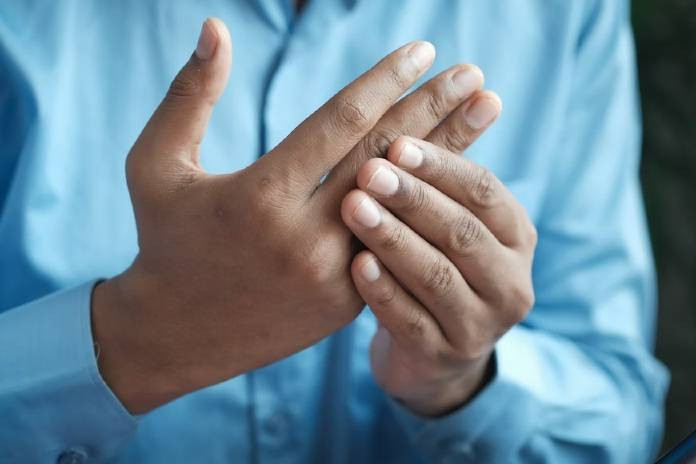Some Facts About Osteoporosis

You will never know, but someday it could hit you hard. Osteoporosis is a bone disease that occurs when a person’s bones become very fragile. While women are four times more likely than men to develop the disease, also suffer from osteoporosis.
Reason for Osteoporosis
Whether a person develops osteoporosis or not depends on two factors: the thickness of her bones early in her life and the practice of healthy habits later in her life. If not prevented or if left untreated, osteoporosis can progress painlessly until the bones begin to break. Bones can break even during normal daily activities such as lifting a heavy bag or rolling over in bed. These broken, also known as fractures, occur typically in the hip, spine, and wrist. Fractures of the hip and spine are of special concern. A hip fracture almost always requires hospitalization and major surgery. It can impair a person’s ability to walk unassisted and may cause prolonged or permanent disability or even death. Spinal or vertebral fractures also have serious consequences, including loss of height, severe back pain, and deformity.
Also Read: Symptoms and Treatment of Osteoporosis
The process of bone thinning cannot be completely stopped
This happens naturally, as a person grows older. However, osteoporosis can be reduced or delayed by starting healthy habits that help build and strengthen the bones early in life. Although it is never too late to start, it is ideal to begin during the teen years. Even if a person does not start healthy habits as an adult, she may still be able to reduce the risk of developing osteoporosis. Early diagnosis and treatment can reduce the impact of osteoporosis on a person’s life.
Osteoporosis is rare in children and teens
If it occurs in children and teens, it is usually caused by other medical conditions or certain medications known to cause osteoporosis.
Everyone is telling you to exercise and you don’t want to
Did you know that exercise could prevent the thinning of bones?
Weight-bearing exercises such as walking, light jogging, or running help maintain healthy leg bones. With these types of exercise, force is also transmitted up through the spine, thus benefiting the spine as well. Additionally, stress can be applied to bones through muscular action by taking up lightweight training, which is also quite beneficial for the arms. According to research at the University of Arkansas, it has now been suggested that gardening can help older women avoid bone thinning. The point here is that exercise alone may not help women avoid osteoporosis. There are other factors that contribute to osteoporosis. But if women are encouraged to maintain healthy lifestyles, it will give them more power to prevent osteoporosis.
Read Also: Leg and Back Pain: Is My Back Pain Related To My Leg Pain?